The problem with Queer representation in the media
Although certain forms of media do a good job of positively representing the queer community, others do more harm than good.
October 14, 2019
It’s that time of year, and no I don’t mean the start of school or Halloween; I mean LGBTQ+ History Month.
Normally, people would celebrate important queer figures in history, from Virginia Woolf to Harvey Milk, there has been an abundance of progressive figures alike. However, I am troubled by the many issues both within the LGBTQ+ community and the problems they face. It seems like there is still so much to improve upon, so instead of celebrating I want to bring light to the problem of queer representation in the media.
This brings me to my first point, which is visibility in the media. Despite making up over 10% of the population, queer people only account for around 4% of characters in the media. Four percent, that’s it. It’s not even half the amount of queer people.
Often times there is a big problem in how we are represented as well. We are reduced to stereotypes, mere shells of people. For instance, gay men often love shopping or love gossiping and might have an irritating gay lisp. Another example might be lesbians who are super masculine and reject femininity. Other queer people hardly have any representation at all. Shows like Glee, which promotes the gay best friend complex. Queer As Folk perpetuates the idea that all gay men are sexually promiscuous, and a more recent addition being Queer Eye, all contribute to this issue.
All of these cliches combine to create a deeply ridden misunderstanding, fear, and even annoyance of queer people in our society. This had an exceedingly negative impact on my childhood. Unfortunately, many people think that these forms of representations are positive since unlike before, we are at least somewhat represented. Stereotypes and objectification are not representation. Instead, show actual normal queer people.
I first realized I was gay in middle school. Upon this realization, I was terrified. Despite living in a leftist household and town. I felt completely and utterly alone.
I didn’t know any gay people and was given very little positive representation in the media. Through meeting actual queer people, I was given the courage to come to terms with my sexuality. I can’t say that what I went through was positive or the norm. Even now, I am still objectified by peers at times. I came to realize that I was not the only queer person that felt misrepresented by the media. Many queer people realize their sexual or gender identity negatively, but it doesn’t have to be that way.
Certain T.V. shows represent queer people positively such as Attack on Titan, Adventure Time, or Euphoria. Instead, the media should turn their attention towards classical queer texts, like Virginia Woolf’s “Orlando,” or Oscar Wilde’s “The Picture of Dorian Grey,” they show being queer as a facet of daily life, not something to be ashamed of.
Depict asexual, non-binary, trans people, etc. Normalize queer people not just in the media, but in day-to-day life. In the words of the Queer Nation, “We’re here, we’re queer, get used to it.”


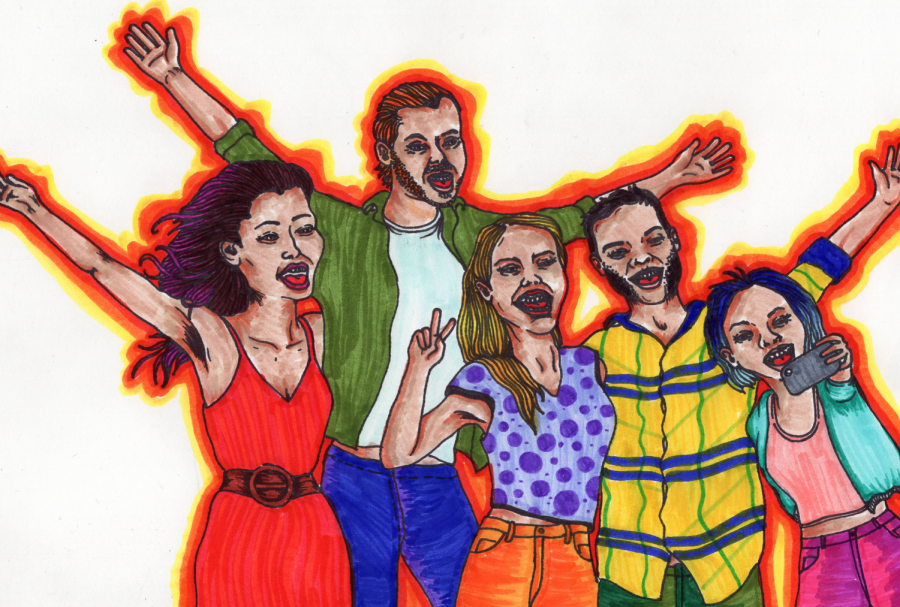
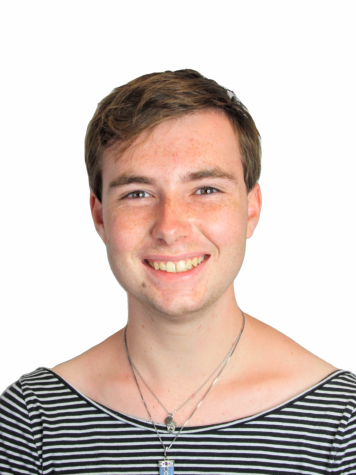




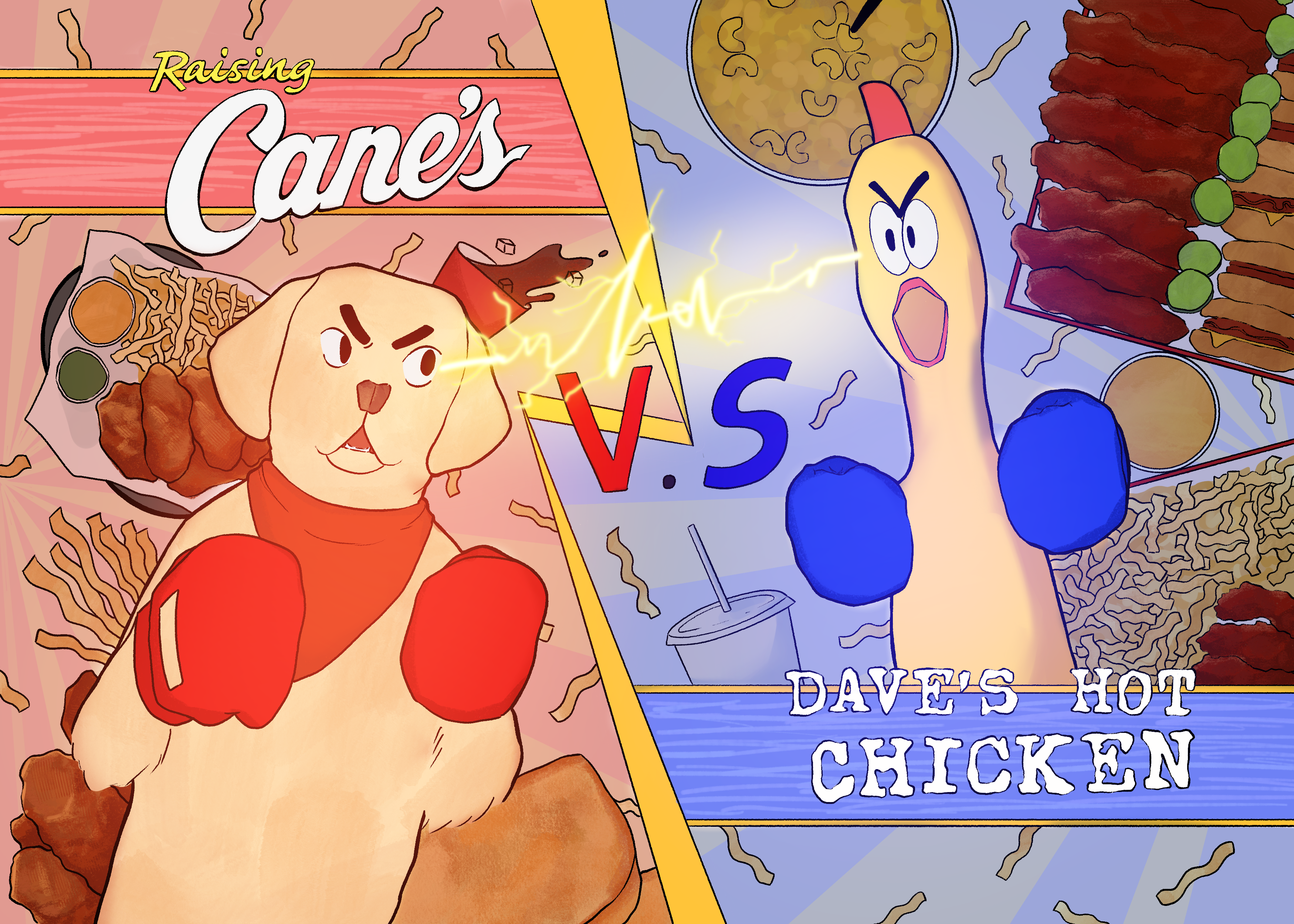
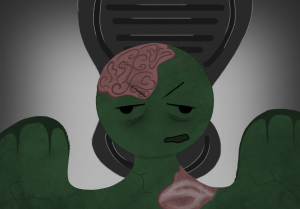

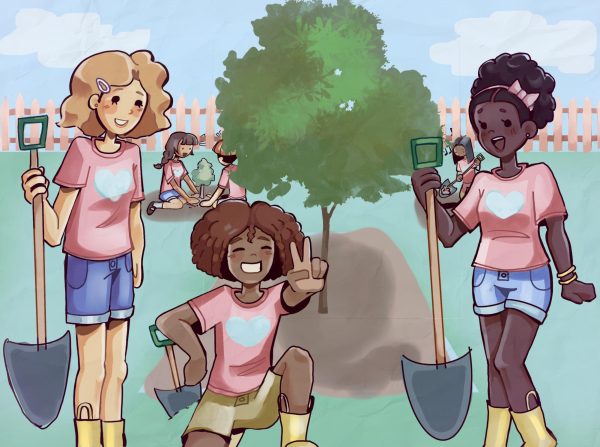
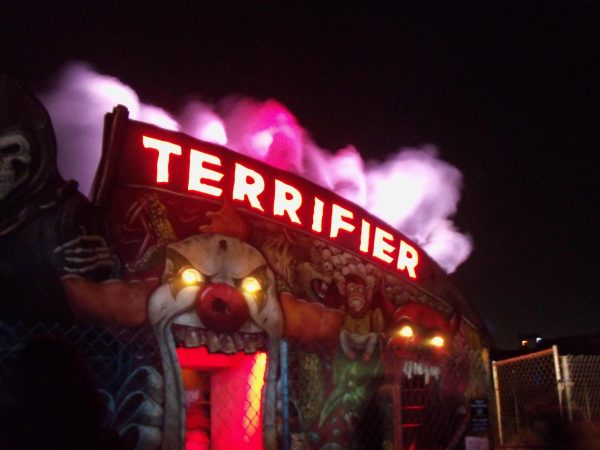
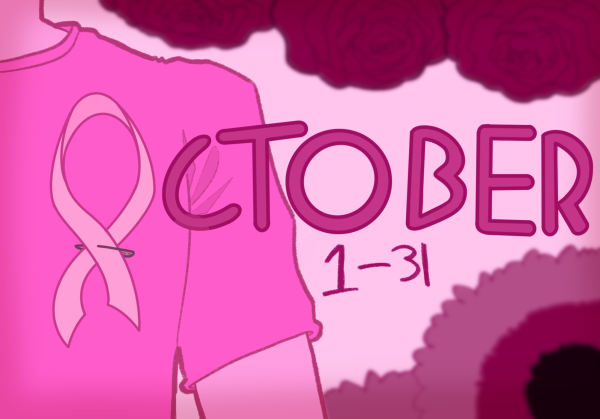
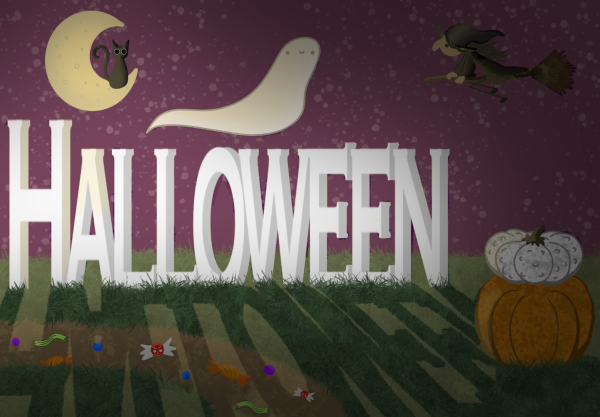


Jim Doe • Jul 13, 2025 at 2:37 pm
I agree with “Anonymous” (Oct 23, 2019)
Just so you know, I have some queer friends myself (gay, lesbian, and bisexual), so I have no problem with that at all – that’s not the point here.
The actual percentage of non-heterosexual people is less than 10%, yet everywhere I am seeing “queer people” in all forms of media (TV, commercials, movies, youtube clips, etc etc.
I work in a factory of about 400 people, and you could count on one (maybe 2) hands how many queer people work there. It is WAY over represented in todays society, with media.
Anonymous • Oct 23, 2019 at 3:16 pm
The 10% figure is ridiculous and unsubstantiated. The real number is closer to 3 or 4 percent.
As for misrepresentation, what do you expect? If a show is forced to include a gay or whatever cast member, chances are it won’t fit with the rest of the writing, and usually turn out horrible.
From how I see it, you can’t have it both ways. You either force shows to have gay characters (which end up being poorly written stereotypes) or hope a gay character’s sexuality specifically fits with the writer’s vision.